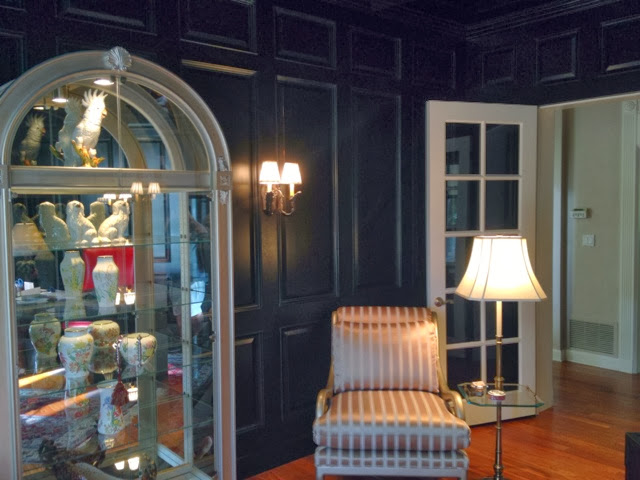Venetian Plaster
Venetian plaster is a decorative wall finish made from lime-based plasters that have been used for centuries to add texture, color, and design to interior walls. The technique has resurfaced in recent years as an eco-friendly alternative to traditional gypsum-based plasters. Venetian plaster is known for its ability to create subtle textures and soft, natural finishes with a distinctive depth and movement for an authentic look.
What is Venetian Plaster?
Venetian plaster is a term used to describe lime-based plasters traditionally used on the walls of Italian villas. The plaster consists of hydrated lime mixed with other aggregates such as marble dust, ground stone, or quartz sand. These materials are combined with water or acrylic gels which act as binders that give the mixture its structure. This combination creates a material that can be applied easily over existing walls without requiring extensive preparation or special skills. The plaster also provides excellent adhesion qualities and allows for easy finishing techniques such as troweling or burnishing.
Aesthetic Benefits of Venetian Plaster
Unlike traditional wall paints, Venetian plasters are translucent and reflect light differently depending on the pigment used in the mixture. This creates interesting shadows and soft hues that give it a more natural look than conventional paints or coatings. Additionally, Venetian plasters provide a great way to add visual interest to walls with subtle textures or patterns like swirls, marbling or florets created by pressing tools into the wet surface before it dries completely. This can also be done after the plaster has been applied but will require more skill and effort than if done when wet.
Why People Are Using Venetian Plaster
The resurgence in popularity of Venetian plaster is due largely to green building initiatives focused on reducing reliance on synthetic materials such as paint and drywall which contain harmful chemicals and volatile organic compounds (VOCs). By using natural materials such as lime-based plasters, designers are able to create beautiful wall finishes while using fewer resources and creating less waste during installation and cleanup.
Famous Architects Who Use Lime Plaster
Leading architects around the world are using Venetian plaster as an effective way to achieve stunning results in their projects while remaining conscious of sustainability and environmental impact. Alex Veroovrdt, Vincent Van Duysen, Rem Koolhaas, Marco Casamonti all have used this technique in their designs for residences, retail spaces, hospitality venues etc., often incorporating elements from their local environments such as soil types or pigments harvested from plants into their work for additional aesthetic value.
Pros & Cons of Lime Plaster
Pros: Durable finish; resists mold growth; eco-friendly; low maintenance required; wide range of colors available; ease of application; excellent coverage; ability to customize designs & textures through troweling/burnishing techniques etc.; cost-effective solution compared to alternatives
Cons: Requires skillful application for optimal results
Eli Lucero
Ivenetian Masterclass
480-205-0123











































.jpg)





















